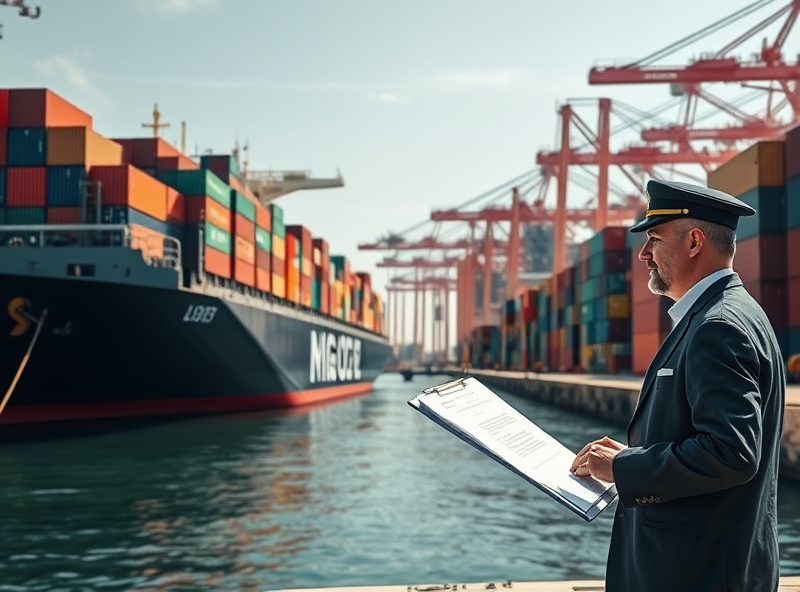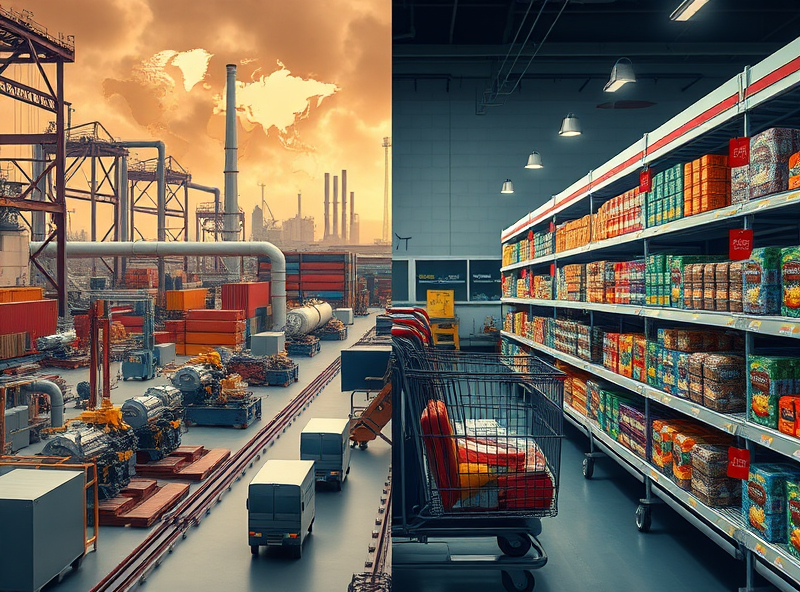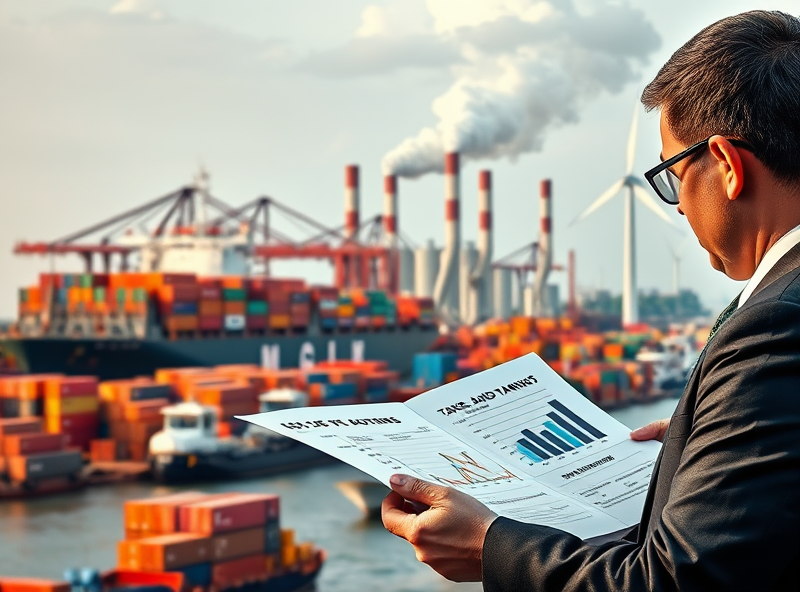
Understanding Taxes and Tariffs in International Trade: Key Insights
The Role of Taxes in International Trade

Taxes play a significant role in shaping international trade. They can either encourage or discourage trade between countries, depending on how they are structured. For instance, import taxes (or tariffs) are often used by governments to protect domestic industries by making imported goods more expensive. While this can help local businesses thrive, it may also lead to higher prices for consumers. On the other hand, some countries use tax incentives, such as reduced tariffs or tax-free zones, to attract foreign businesses and investments. Understanding these tax mechanisms is crucial for businesses looking to expand globally, as it helps them navigate costs, pricing strategies, and compliance requirements. For individuals, being aware of these taxes can also provide insights into why certain imported goods are priced the way they are. Ultimately, taxes in international trade influence global economic relationships and play a key role in shaping the flow of goods and services across borders.
Tariffs: Definition, Types, and Purposes

Tariffs are an essential component of international trade, serving as a tool for governments to regulate the flow of goods across borders. Simply put, a tariff is a tax imposed on imported or exported goods. But why do governments use tariffs, and what types exist? Let’s break it down.
There are primarily two types of tariffs: specific tariffs and ad valorem tariffs. Specific tariffs are fixed fees applied to a specific quantity of goods, such as $50 per ton of steel. On the other hand, ad valorem tariffs are calculated as a percentage of the value of the goods, such as 10% of the total value of imported cars.
The purposes of tariffs are multifaceted. Firstly, they serve as a source of revenue for governments, especially in countries where other forms of taxation may be less developed. Secondly, tariffs are used to protect domestic industries by making imported goods more expensive, encouraging consumers to buy locally produced products. Lastly, tariffs can be a tool for negotiating trade agreements or addressing trade imbalances.
Understanding tariffs is crucial for businesses and consumers alike, as they directly impact the cost of goods and the dynamics of global trade. By staying informed, you can make better decisions, whether you’re a business owner navigating international markets or a consumer seeking to understand why certain products cost more.
Economic Impact of Tariffs: Pros and Cons

Tariffs are a crucial tool in international trade, but their impact can be both beneficial and challenging depending on the perspective. On the positive side, tariffs can protect domestic industries by making imported goods more expensive, encouraging consumers to buy locally produced products. This can lead to job creation and economic growth within the country. Additionally, tariffs can generate revenue for governments, which can be reinvested into public services and infrastructure.
However, tariffs also have downsides. They can lead to higher prices for consumers, as businesses often pass on the additional costs to buyers. This can reduce purchasing power and potentially lower the standard of living. Moreover, tariffs can provoke trade wars, where countries retaliate by imposing their own tariffs, disrupting global supply chains and increasing uncertainty for businesses.
Understanding the pros and cons of tariffs is essential for policymakers, businesses, and consumers alike. By carefully balancing these factors, countries can aim to create trade policies that support both economic growth and fair competition.
Real-World Examples of Taxes and Tariffs in Action

Taxes and tariffs play a crucial role in shaping international trade, and understanding their real-world applications can provide valuable insights into global economics. For instance, the United States has imposed tariffs on imported steel and aluminum to protect domestic industries. These tariffs, while benefiting local manufacturers, have also led to increased costs for industries relying on these materials, such as automotive and construction sectors. Another example is the European Union’s carbon border tax, which aims to reduce carbon emissions by taxing imported goods based on their carbon footprint. This policy encourages more sustainable practices globally but can also raise costs for exporters in countries with less stringent environmental regulations. These examples highlight how taxes and tariffs can influence trade flows, domestic industries, and even global environmental policies. By understanding these mechanisms, businesses and individuals can better navigate the complexities of international trade.




